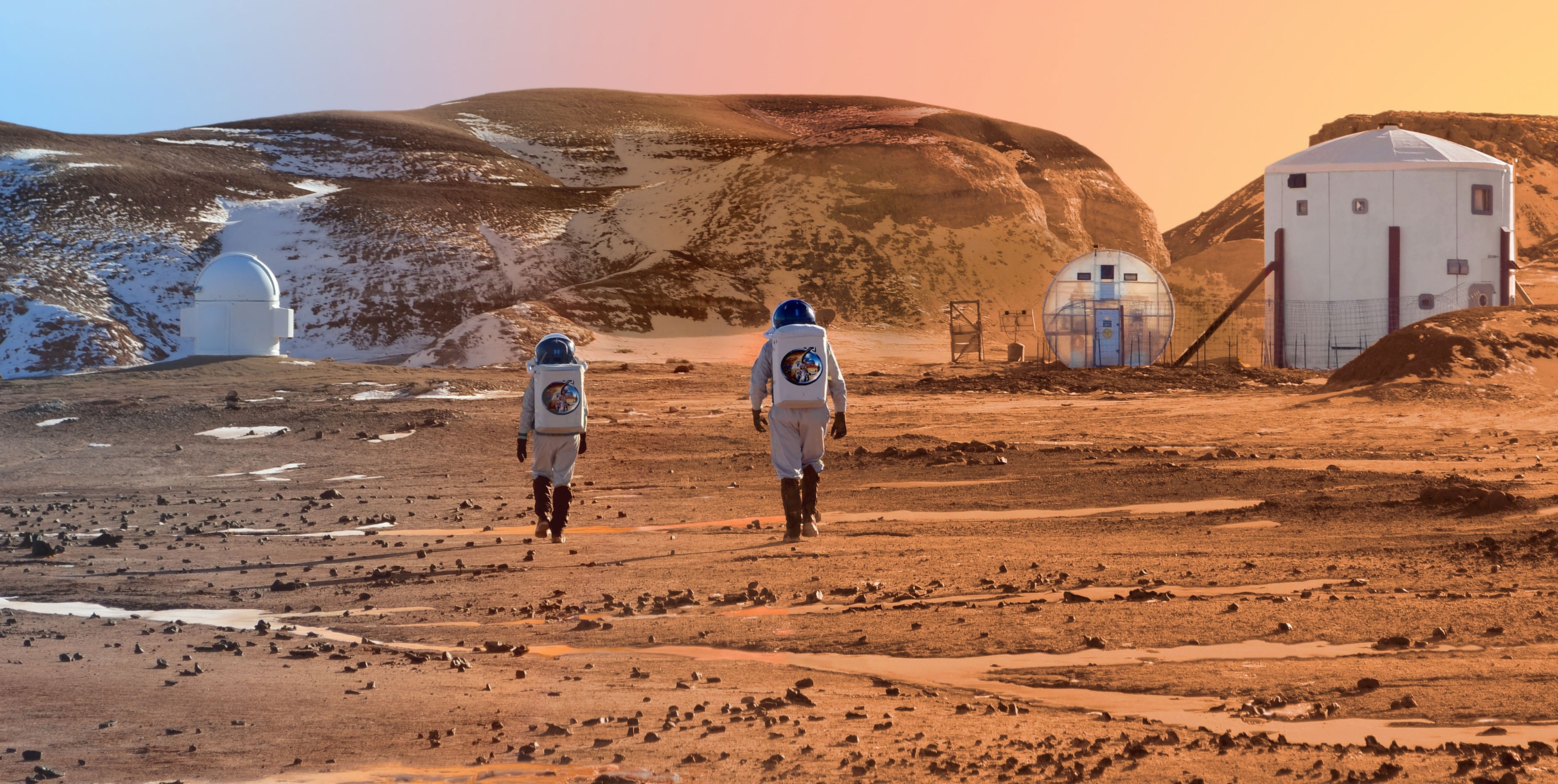If you wanna get humans to Mars, there are so many technical hurdles in the way that it will take a lot of hard work. How to help people survive for months on a hostile surface, especially one that is bathed on radiation? And how will we keep those people safe on the long journey there and back?
NASA is greatly concerned about the radiation risk, and is asking the public for help in a new challenge as the agency measures radiation with the forthcoming uncrewed Orion test flight in December. There’s $12,000 up for grabs across at least a few awards, providing you get your ideas into the agency by Dec. 12.
“One of the major human health issues facing future space travelers venturing beyond low-Earth orbit is the hazardous effects of galactic cosmic rays (GCRs),” NASA wrote in a press release.
“Exposure to GCRs, immensely high-energy radiation that mainly originates outside the solar system, now limits mission duration to about 150 days while a mission to Mars would take approximately 500 days. These charged particles permeate the universe, and exposure to them is inevitable during space exploration.”

Orion in orbit in this artists concept. Credit: NASA
Here’s an interesting twist, too — more data will come through the Orion test flight as the next-generation spacecraft aims for a flight 3,600 miles (5,800 kilometers) above Earth’s surface. That’s so high that the vehicle will go inside a high-radiation environment called the Van Allen Belts, which only the Apollo astronauts passed through in the 1960s and 1970s en route to the Moon.
While a flight to Mars will also just graze this area briefly, scientists say the high-radiation environment will give them a sense of how Orion (and future spacecraft) perform in this kind of a zone. So the spacecraft will carry sensors on board to measure overall radiation levels as well as “hot spots” within the vehicle.
You can find out more information about the challenge, and participation details, at this link.
Source: NASA


I’m lazy? Where are the links to info. about the Van Allen Belts or other UT posts on the subject? How about info. on the shielding Orion has to offer? Is it a new type of shielding made out of Polyurethane? Are water jackets employed as rad. shielding around the crew cabin? How are they planning to mitigate the radiation hazard? Why was there a reduction in the use of Aluminum for structures and shielding? This was due to secondary particle showers – right? How about chatting up magnetic field deflector experiments – how efficient?
We really should also look into performing experiments (Aboard the ISS?) concerning the enhancement of localized magnetic fields as found on the surface of Mars or the Moon.
No, the Delta IV launch of the empty and non-human capable space capsule as of today, will NOT provide any useful data about radiation in outer space.
Why is Universetoday claiming otherwise? Is it a mistake? Or political propaganda? Universetoday will prove which one is true.
What?
The capsule will carry instruments to measure radiation exposure, which scientists say will give some insight into the performance of the module in the long-term exposure to radiation in outer space. Both the article and the NASA source state this. If you think the scientists are wrong then I’d like to see your reasoning.
Even if that was a lie I’m not sure why it would be political propaganda. It has nothing to do with government policy at all.